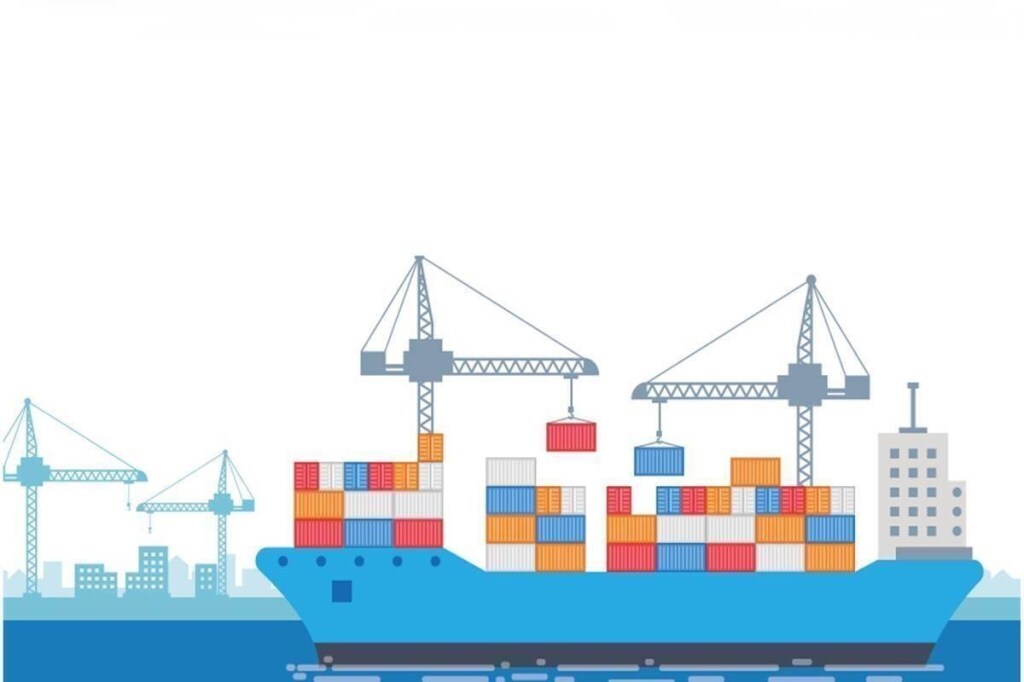India and Australia are planning to hammer out an early-harvest trade deal by the Christmas this year and a broader free trade agreement (FTA) by the end of 2022.
At a joint briefing with commerce and industry minister Piyush Goyal in New Delhi, Australian minister for trade, tourism and investment Dan Tehan said, “It (the FTA) will cover goods, services, investments, government procurement, logistics, standards, rules of origin.”
The negotiating teams of both the sides will start working immediately, identifying the key sectors that will be covered by the FTA, Goyal said.
While bilateral goods trade stood at $12.3 billion in FY21, India had a deficit of $4.2 billion with Australia, as it shipped out merchandise worth just over $4 billion. Major traded items include mineral fuels, pharmaceutical products, organic chemicals and gem and jewellery.
Both the countries will exchange the first list of offers for products in which they seek tariff concession under the FTA, formally called Comprehensive Economic Cooperation Agreement (CECA), by October.
Although talks for an FTA with Australia have been going on since 2011, the reluctance of Indian industry to offer greater access to farm and dairy products and Australia’s unwillingness to further open up its services sector for the free movement of skilled Indian professionals have delayed the outcome of the negotiations. However, in the past two years, the talks have gained momentum.
The negotiations with Australia are a part of India’s broader strategy to forge “fair and balanced” trade agreements with key economies and revamp existing pacts to boost trade. The move gained traction after India pulled out of the China-dominated RCEP talks in November 2019.
Last week, India and its third-largest export market, the UAE, started formal negotiations for a “mutually-beneficial” comprehensive economic partnership agreement (CEPA). New Delhi and Abu Dhabi aim to wrap up negotiations by as early as December 2021 and sign the deal by March 2022 after the completion of necessary ratification processes. If all goes as planned, it would be the first FTA to be signed by India in just over a decade.
Balanced FTAs are expected to also enable the country to achieve sustained growth rates in exports in the coming years. Already, India has set an ambitious merchandise export target of $400 billion for FY22, against $291 billion in FY21.

